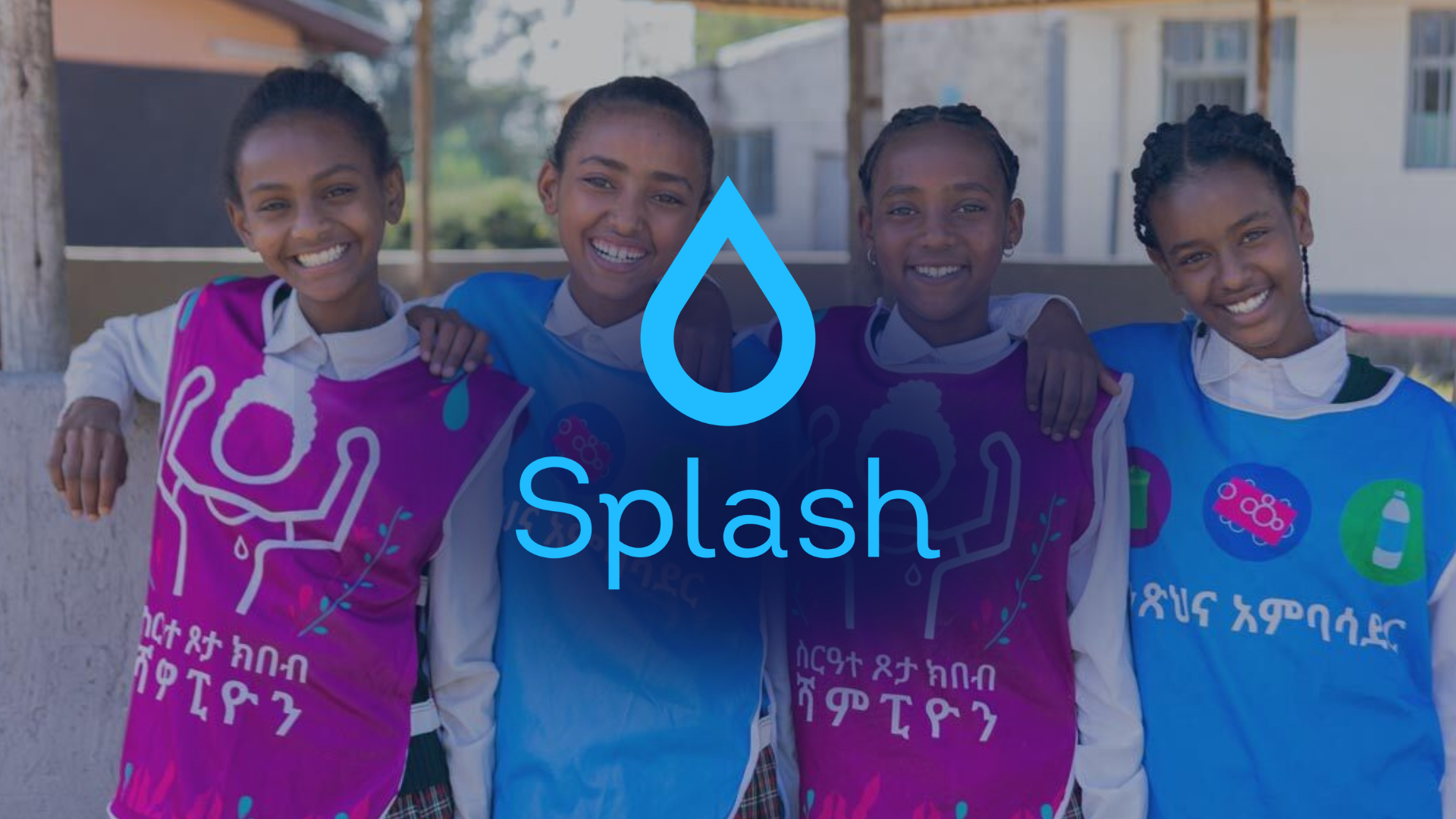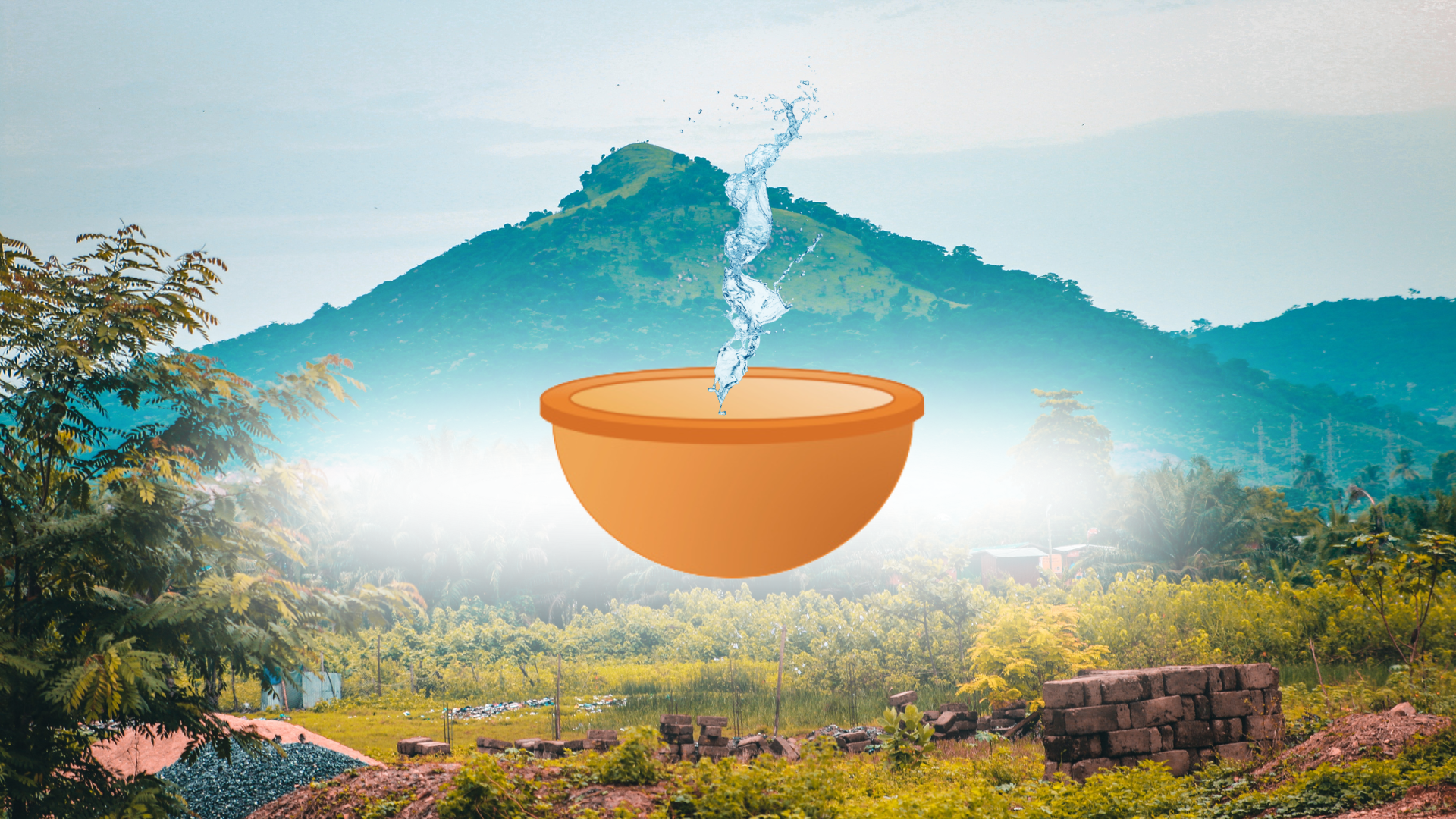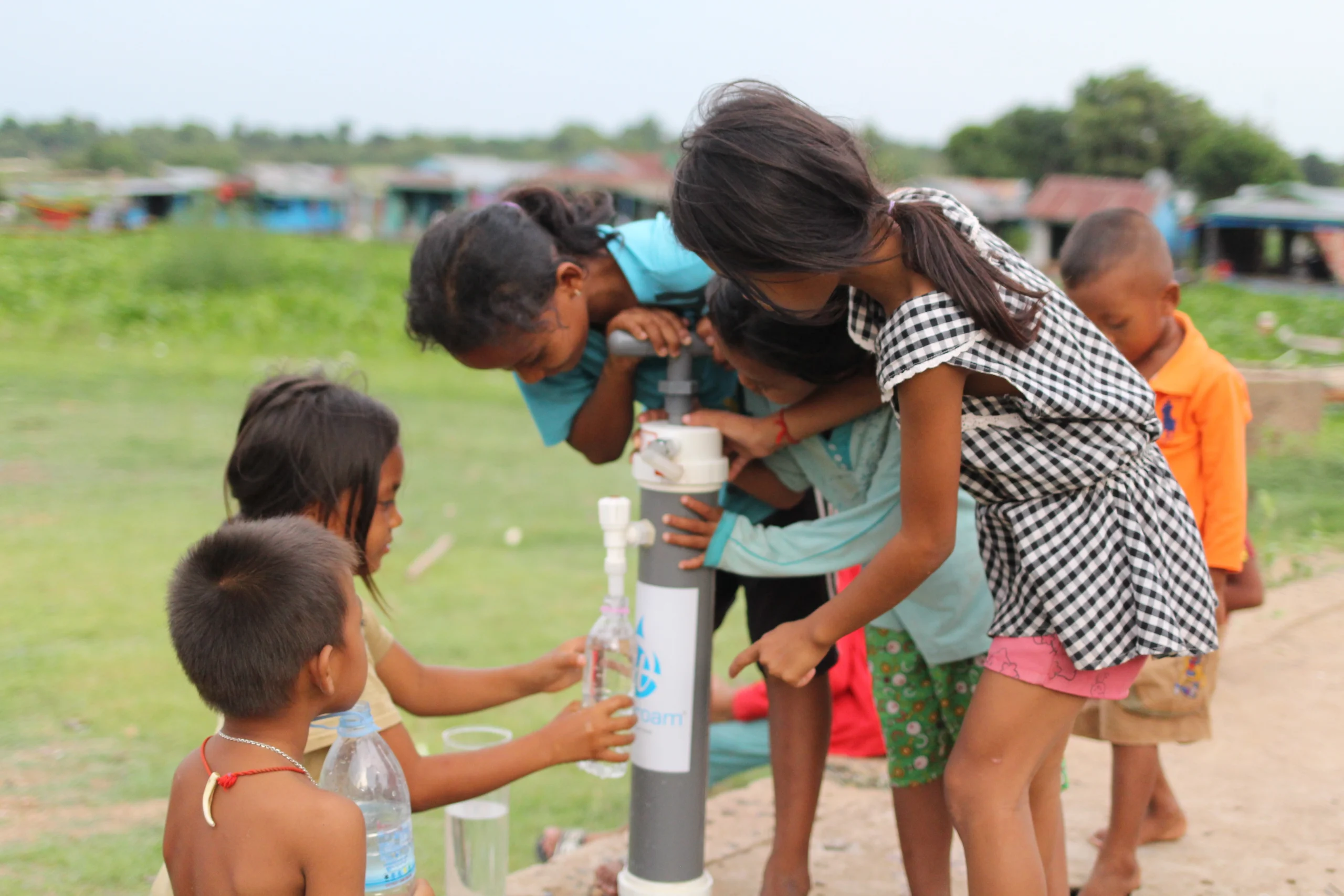Water and Health Impacts: Navigating Scarcity and Solutions to the Water Crisis
By Grace Moultrup
Water’s Essential Role In Our Lives
Safe and clean water is a lifeline that we often take for granted in our daily lives. This quiet hero allows our bodies to function, enables our hygiene, and allows us to thrive. Access to safe and clean water is one of the most critical impacts on human health and well-being.
Water plays a pivotal role in so many things: drinking, cooking, cleaning, hygiene practices, sanitation, and more. While so many of us are fortunate enough to have easy access to this precious resource, an estimated 2 billion people do not.
Limited access to clean, safe water can lead to many far-reaching issues and health impacts. The profound importance of water cannot be understated. Thankfully, we can implement immediate steps and long-term, multifaceted solutions to make a difference for those with limited access.
Why Is There Not One Solution To The Water Crisis?
At the heart of the issue, limited access to clean, safe drinking water is most often caused by pollution and contamination of natural freshwater sources, poorly managed or lack of water infrastructure and services, locational access, and issues like climate change and growing population demand. The World Health Organization states that the most significant risk to the safety of drinking water is due to microbial contamination with feces. Contaminated water is responsible for around 800,000 deaths each year.
The primary challenges that arise with scarcity and limited access to clean, safe drinking water are dehydration, water-borne illnesses and diseases, physical and mental health effects, and inequalities in water collection responsibilities based on gender.

According to the Center for Disease Control, women and girls are responsible for collecting water in 80% of households without onsite water supply. These responsibilities, along with a lack of adequate access to sanitation for menstruation, make girls more likely to miss school than boys.
At Business Connect, we further detail the gender disparities in women’s and girls’ sanitation, hygiene, and water collection responsibilities.
The ramifications of safe water shortages extend beyond individual households, with rippling residual effects that can impact communities and even global-scale implications. If an individual’s physical or mental health is affected by water-borne illness or chronic dehydration, it can hinder their essential functions, like being able to attend work, hunt, continue their education, or contribute to their communities.
How We Can Help
Thankfully, on a global scale, there are a multitude of general solutions to the water crisis, as well as ways to improve water safety.
On a community and global scale, there is a need for water testing, infrastructure, research, planning, and funding. Collaboration with governmental organization and NGOs is necessary for communities with limited access. Also, emergency responses must be in place to handle water crises.
Public education is vital to creating a healthier humanity through safety awareness. Knowing what water sources are safe to drink, along with knowledge of basic sanitation and hygiene are essential.
Avoid drinking from unclean or unsafe water sources, such as still water, ponds, contaminated wells, industrially polluted rivers and streams, contaminated lakes and springs. Still water is a higher-risk source because harmful bacteria, pathogens, and pollutants can accumulate and thrive in still-water environments. Stagnant water’s lack of movement and flow creates an ideal environment for viruses, bacteria, parasites, and more to multiply.

At times when acquiring drinking water from an unsafe source is unpreventable, there are measures that can be taken to improve the water’s safety: water treatments and filtration devices.
Business Connect offers critical solutions to safe water scarcity through products, services, and resources. Assisting in over 80 countries, Business Connect focuses on finding solutions to alleviating water poverty. Through our membership sector Business Connect For Water, we offer resources in the form of education, product-based solutions, partnerships with organizations, and consultations. Business Connect’s water treatment and filtration products help ensure safe drinking water, catering to a range of needs and price points. Water treatments and filtration devices serve similar but slightly differing purposes.
Treatments are designed to disinfect and purify water sources by eliminating harmful viruses, microbes, and bacteria. Water treatments sourced through Business Connect, such as Aquatabs and P&G Purifier of Water are powerful and effective solutions that can be used on an individual or community scale. The Puribag is a family-sized water purification device designed to be used with P&G Purifier of Water packets to collect, purify, and store water.
Filtration devices physically trap and remove impurities and contaminants in water sources. Business Connect’s water filtration devices, like the Grifaid Family Filter and the VF100 Water Filter, also offer effective solutions to ensure safe water for individuals, families, and communities. For emergency use, the Delta Emergency Filter uses nanofiber technology to filter out contaminants.
Combining filtration and treatment methods is the safest and most effective method of purifying water sources and ensuring they are safe to drink.
The Path to a Healthier World
Water is not only a resource but a lifeline, from the core of our well-being to the fabric of communities around the planet. The pursuit of solutions to the water crisis is one of the greatest impacts that can be made toward creating a healthier humankind.
Exploring the intersection between access to safe water and health for humanity reveals stark challenges and a need for powerful solutions.
Although there are multifaceted challenges, we also have multifaceted solutions to the water crisis. Through individual efforts and collective initiatives, we can glimpse the potential for transformation and the hope for a better future.
With education, awareness, resources, and sustainable solutions, we can create real change, leading us toward a world where clean, safe water is accessible to all.
On this page
Have a story to share in the world of water, sanitation, and hygiene? Connect with our media team today!
Share Your Story




